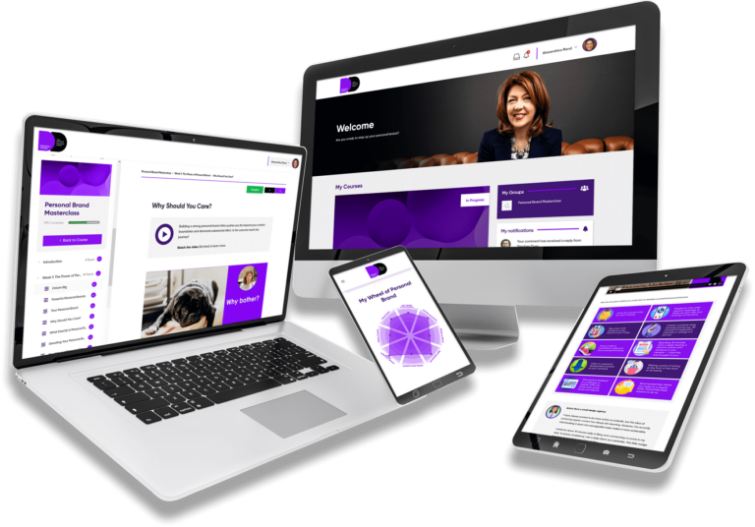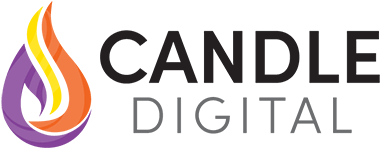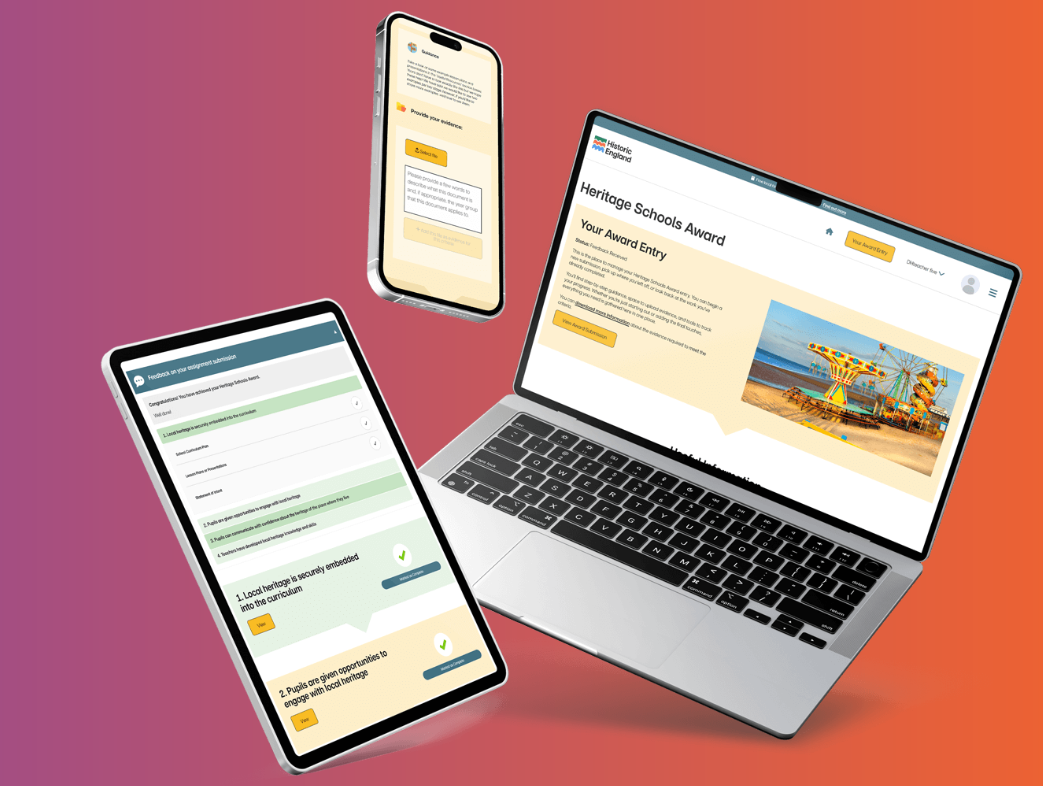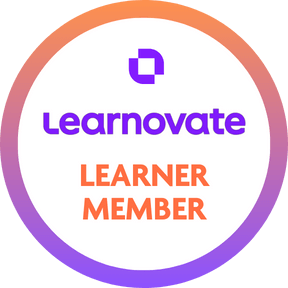Using the Business Model Canvas to develop your online learning product
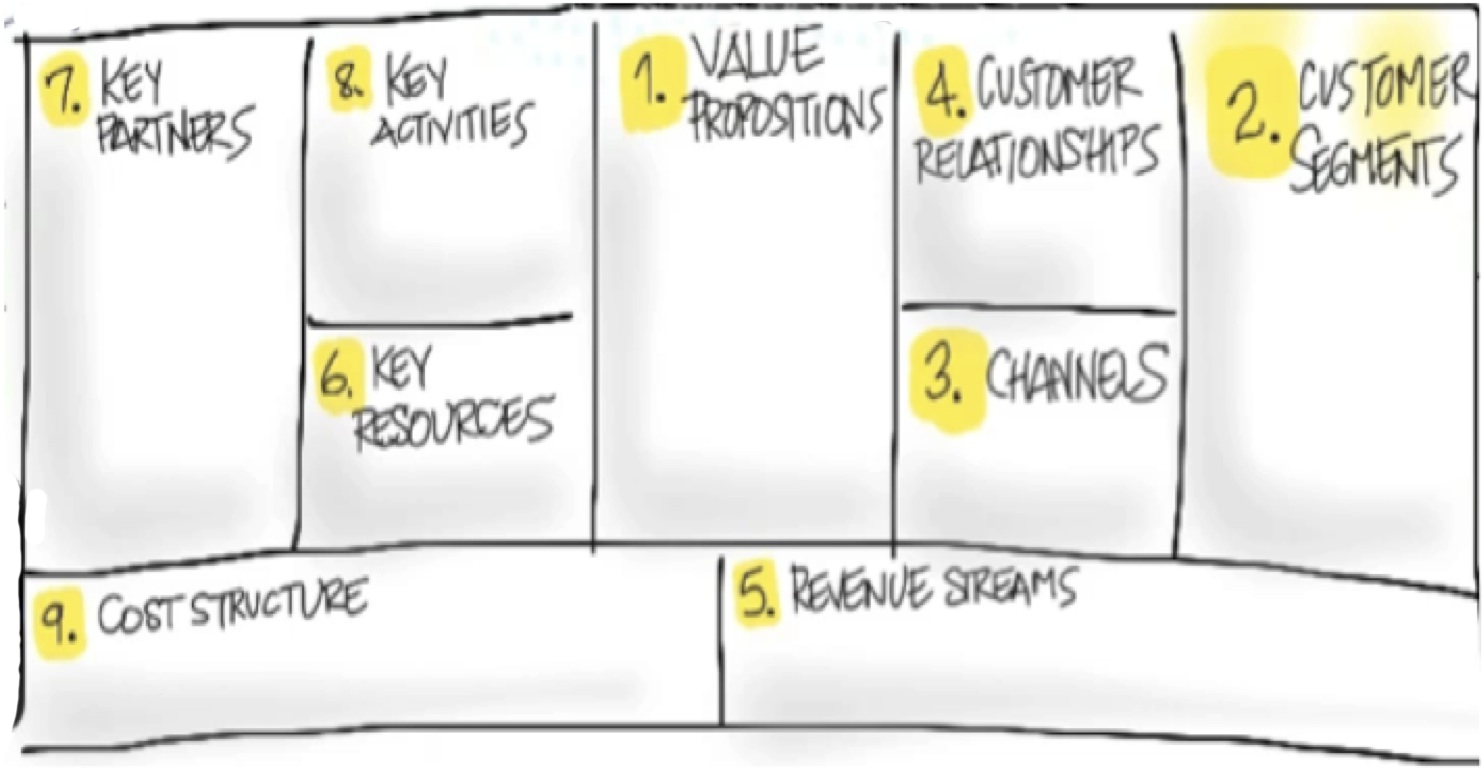
We’re big fans of the Business Model Canvas here at Candle Digital. We often use this with partners who want to flesh out their initial ideas around online learning.
In short, the Business Model Canvas is a framework that can be used to visualise all the core elements of a business model, including the value proposition, target customers, route to market and costs and revenues.
(Here’s a quick introduction to the canvas from Strategyzer, the company behind it.)
Many of our partners are training companies looking to take their existing expertise online. Typically, they’re delivering training courses with larger clients on-site and want to explore how digital products can add more value to their customers.
We’ve found that the Business Model Canvas allows us to easily riff on business ideas, giving our partners an early chance to spot the strengths and challenges. Often, working through the canvas poses questions that might not have been considered yet and gives an early sense of the viability of the business plan as a whole.
We typically take the following approach to working through the canvas:
1. Customer Segments
We recommend tackling this section first, as the decisions you make about your target customers will heavily influence the decisions you make through the rest of the sections.
If you’re considering offering digital products both directly to consumers (B2C) and businesses (B2B), it’s useful to complete each section of the canvas twice – once for each customer segment you’re aiming at. Alternatively, you can use the same canvas but use different coloured post-its for each customer type.
It’s important not to assume that the value proposition, the commercial model and how you build relationships will be the same for each type of customer (as, in our experience, they rarely are).
2. Value Propositions
Next, complete the ‘Value Propositions’ section. Work out the problem you’re solving for each customer segment and the value you’re creating for them. Think about the pain points your solution can address and the gains your online product can provide them with.
Ideally, you should complete the Value Proposition Canvas, which, as you might have guessed, is a tool specifically designed to tease out your value proposition. Given the smart way they’ve been designed, the two tools work very well together, with the Value Proposition Canvas as a plugin to the wider Business Model Canvas.
3. Channels and Customer Relationships
In the ‘Channels’ section, think about all the ways you’re going to reach your target customers. In the ‘Customer Relationships’ section, decide how you’re going to connect with your customers, stay top of their minds and adapt to their changing needs.
Again, the choice around B2B and B2C audiences has a huge bearing here. If you’re already delivering your product and service into B2B channels, you can simply piggy-back onto these channels with your new addition. If you’re wanting to move into a B2C market, you’re likely to need a significantly different marketing approach to succeed in this area.
4. Key Resources, Key Activities and Key Partners
Next, start to consider the left side of the canvas, which is all about how you’ll deliver your product or service. Ask yourself what your company’s most important activities and key resources are. Who are the key partners you’ll need to help with the delivery?
If you’re aiming to offer a rich, and perhaps ‘live’ experience (e.g. through webinars), you’ll need to ensure you have the correct expertise to deliver this. Consider the administrative resource needed to manage your new students as well as the services you’ll need to provide to the client, such as progress reporting.
5. Cost Structure
Now, think about the costs associated with your product.
Online courses are often seen as having a significant initial investment (to create the learning experience and content) and minimal marginal costs. But how does this stack up with the experience you’re trying to create and, ultimately, will it help deliver the change in knowledge/skills/behaviour your learners and clients are looking to see?
6. Revenue Streams
Finally, consider how you will monetise your online learning. Will it be a subscription model, a licencing model, or one-off charges? Each revenue model may have a significant influence on the learning experience you provide, and in turn may change the cost structure, activities, partners through the business model – we call this the ripple effect in our office!
Once you have this in place, you’ll be in a better position to evaluate the business model behind the product as you’ll have a more holistic view of your idea. The beauty of it is, if it doesn’t work, or doesn’t feel right, you can have another go! In fact, it’s likely that you’ll need several iterations before you’re in a position to turn it from an idea into an initial prototype.
Have a go at using the Business Model Canvas to sketch out your next idea. We’d love to hear how you get on. Alternatively, if you’d like us to help you flesh out your idea, ask us about our consultancy sessions and workshops.
Fresh Insights Direct to Your Inbox
Enjoyed this article?
Join the Candle Digital Mailing List
You Have Proven Expertise.
Now Scale It.
